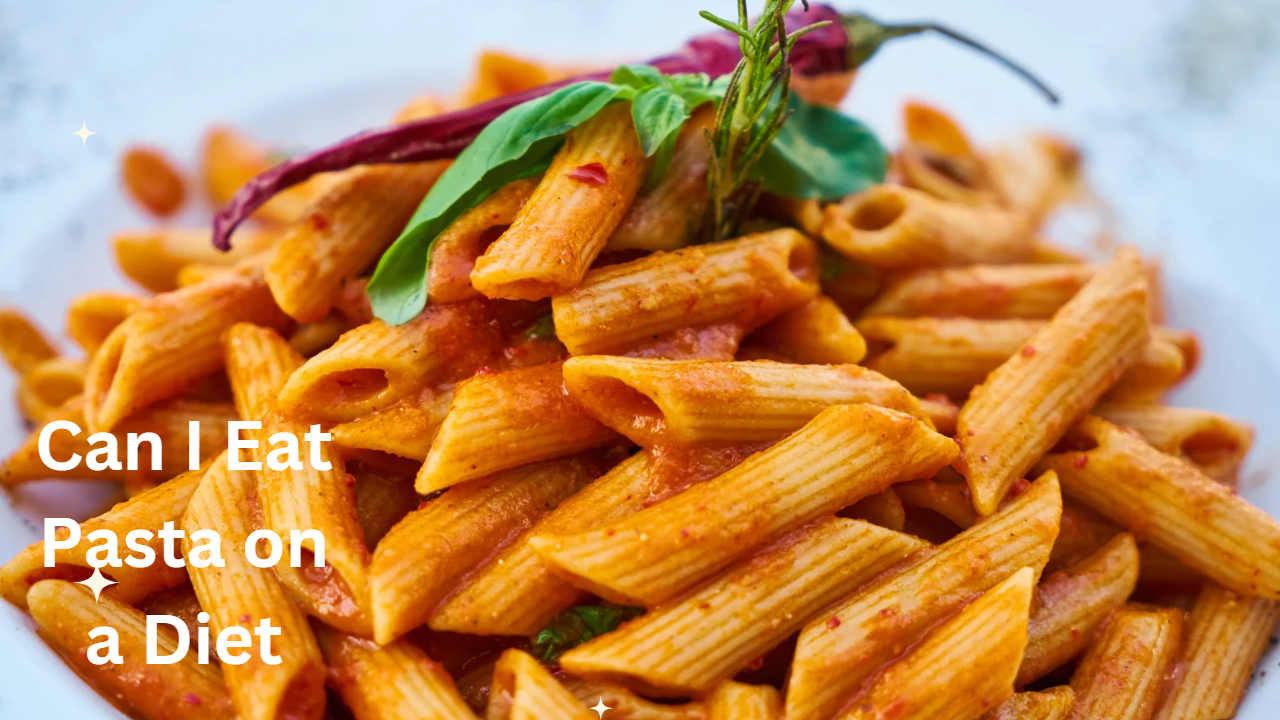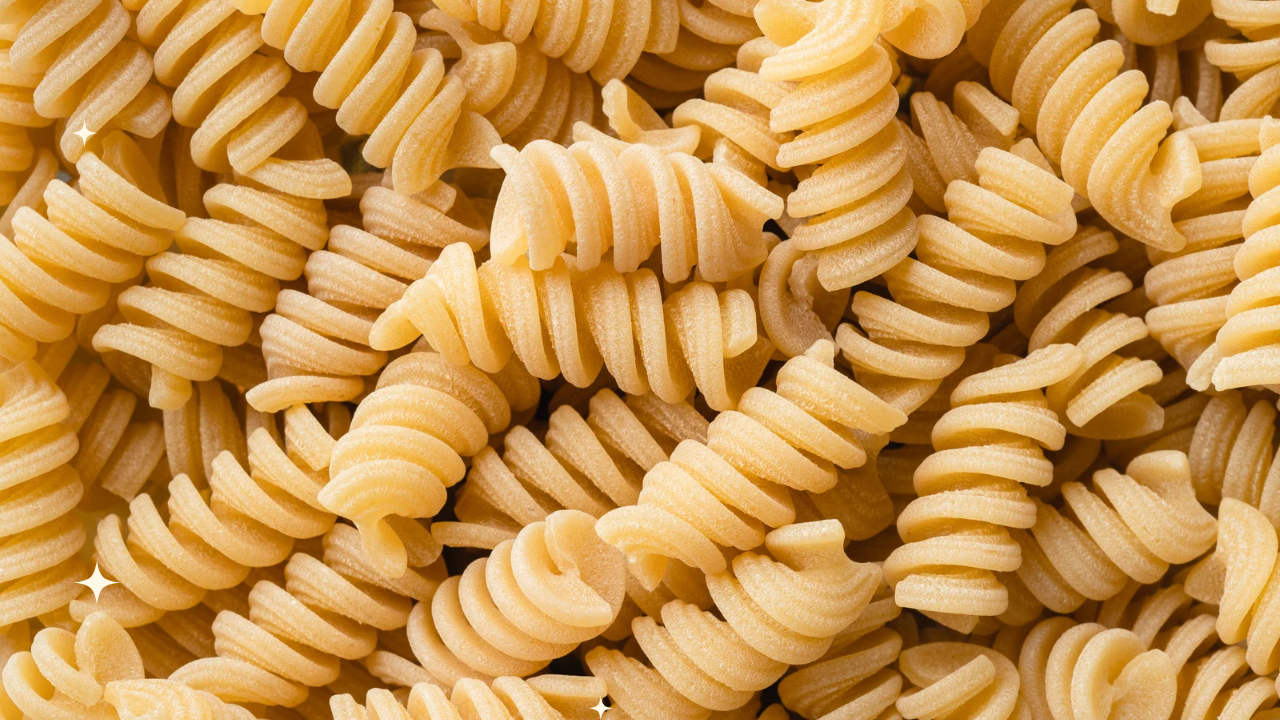Can I Eat Pasta on a Diet
When considering the maintenance of a well-balanced diet, one question that frequently arises is whether it is possible to include pasta in a diet. Fortunately, the answer is affirmative, as pasta can be incorporated into a healthy eating regimen when consumed in moderation and combined with nutrient-rich ingredients. To maximize the nutritional value of pasta dishes, it is advisable to opt for whole wheat or whole grain pasta varieties, which provide higher amounts of fiber and essential nutrients compared to refined options. Moreover, it is crucial to be mindful of portion sizes and incorporate a diverse range of vegetables, lean proteins, and healthy fats into pasta-based meals. By incorporating a vibrant assortment of vegetables and selecting lean protein sources like chicken, fish, or legumes, the nutritional profile of the pasta dish can be greatly enhanced. Additionally, choosing lighter sauces or utilizing herbs and spices in lieu of heavy creams can help reduce the calorie content while infusing the meal with delightful flavors. Ultimately, embracing moderation, practicing mindful eating, and striving for balance are key components in savoring pasta as part of a comprehensive and nourishing diet.

Types of Pasta
When it comes to including pasta in a diet, there are various types that can be incorporated to suit your nutritional needs. Here are some pasta options that are well-suited for a balanced diet:
- Whole Wheat Pasta: Made from whole grains, whole wheat pasta offers higher fiber content compared to refined varieties. It provides a steady release of energy and promotes better digestion, making it a favorable choice for those following a diet.
- Brown Rice Pasta: Ideal for individuals with gluten sensitivities or those seeking gluten-free options, brown rice pasta is made from brown rice flour. It is a nutritious alternative that provides essential minerals and vitamins.
- Lentil Pasta: Lentil pasta is a protein-rich option made from lentil flour. It offers a good amount of fiber, iron, and folate, making it an excellent choice for vegans, vegetarians, or those looking to increase their plant-based protein intake.
- Chickpea Pasta: Made from chickpea flour, this pasta variety is a fantastic source of plant-based protein and fiber. It is suitable for those following a gluten-free or grain-free diet and provides a satiating effect.
- Konjac Noodles: Known for their low-calorie and low-carbohydrate content, konjac noodles are made from the root of the konjac plant. They are a great option for individuals looking to reduce their calorie intake or control their carbohydrate consumption.
- Zucchini Noodles: Also known as “zoodles,” zucchini noodles are made by spiralizing or julienning fresh zucchini. They are a low-calorie, low-carb alternative to traditional pasta and can be enjoyed raw or lightly cooked.
Remember, regardless of the type of pasta you choose, portion control and mindful eating are essential for maintaining a balanced diet. Be sure to pair your pasta with nutrient-dense ingredients like vegetables, lean proteins, and healthy fats to enhance the nutritional value of your meal.

How to Make Healthy Pasta for Diet
Here’s a healthy pasta recipe that is suitable for a diet:
Zucchini Noodles with Grilled Chicken and Tomato Sauce
Ingredients:
- 2 medium zucchini
- 8 ounces boneless, skinless chicken breast
- 1 cup cherry tomatoes, halved
- 2 cloves garlic, minced
- 2 tablespoons olive oil
- 1 teaspoon dried Italian herbs
- Salt and pepper to taste
- Fresh basil leaves for garnish
Instructions:
- Using a spiralizer or a julienne peeler, create zucchini noodles (zoodles) from the zucchini. Set aside.
- Preheat a grill or grill pan over medium-high heat. Season the chicken breast with salt, pepper, and a drizzle of olive oil. Grill the chicken for about 6-8 minutes per side, or until cooked through. Remove from heat and let it rest for a few minutes before slicing it into strips.
- In a large skillet, heat olive oil over medium heat. Add minced garlic and sauté until fragrant, about 1 minute.
- Add the cherry tomatoes to the skillet and cook for another 2-3 minutes until they start to soften.
- Add the zucchini noodles to the skillet and toss them with the tomato mixture. Cook for about 2-3 minutes until the zoodles are tender but still crisp.
- Season with dried Italian herbs, salt, and pepper, and stir well to combine.
- Remove from heat and transfer the zucchini noodles to serving plates or bowls.
- Top the zoodles with the sliced grilled chicken.
- Garnish with fresh basil leaves for added flavor and freshness.
- Enjoy your healthy and delicious pasta dish!
This recipe replaces traditional pasta with zucchini noodles, providing a low-carb and low-calorie alternative. Grilled chicken adds lean protein, while the tomato sauce and garlic infuse the dish with flavor. It’s a satisfying and nutrient-dense meal that can be enjoyed while following a diet.
Nutritional Value of Healthy Pasta For a Diet
Healthy pasta options can provide valuable nutritional benefits when incorporated into a balanced diet. Here are some general nutrition values for a serving (about 2 ounces) of healthy pasta:
- Whole Wheat Pasta:
- Calories: Around 180-200
- Carbohydrates: Approximately 35-40 grams
- Fiber: Typically 4-6 grams
- Protein: About 7-9 grams
- Brown Rice Pasta:
- Calories: Approximately 190-210
- Carbohydrates: Around 40-45 grams
- Fiber: Typically 2-4 grams
- Protein: About 4-6 grams
- Lentil Pasta:
- Calories: Around 180-200
- Carbohydrates: Approximately 30-35 grams
- Fiber: Typically 6-8 grams
- Protein: About 13-15 grams
- Chickpea Pasta:
- Calories: Approximately 180-210
- Carbohydrates: Around 30-40 grams
- Fiber: Typically 5-8 grams
- Protein: About 8-12 grams
- Konjac Noodles:
- Calories: Around 0-10 (very low-calorie option)
- Carbohydrates: Typically less than 1 gram
- Fiber: Usually 1-2 grams
- Protein: Around 0-1 gram
It’s important to note that the specific nutrition values can vary slightly depending on the brand and preparation method. Additionally, remember to consider the nutritional value of the ingredients and sauces used in the pasta dish, as they can significantly impact the overall nutrition profile.

Portion Size of Pasta for a Diet
When it comes to portion sizes of healthy pasta for a diet, it’s essential to be mindful and practice moderation. The recommended portion size for pasta can vary depending on individual needs and dietary goals. Here are some general guidelines:
- Whole Wheat Pasta, Brown Rice Pasta, Lentil Pasta, Chickpea Pasta:
- Aim for a portion size of about 1/2 to 1 cup of cooked pasta.
- This amount typically provides around 150-200 calories.
- Konjac Noodles:
- Konjac noodles are very low in calories and carbohydrates.
- A typical portion size can range from 1 to 2 cups, depending on personal preference.
- Keep in mind that konjac noodles have a higher water content and may not be as filling as other pasta options.
Remember, portion sizes can be adjusted based on individual calorie and macronutrient requirements. It’s also important to consider the overall balance of your meal by incorporating vegetables, lean proteins, and healthy fats alongside your pasta. Listening to your body’s hunger and fullness cues can also help guide portion control and prevent overeating.




